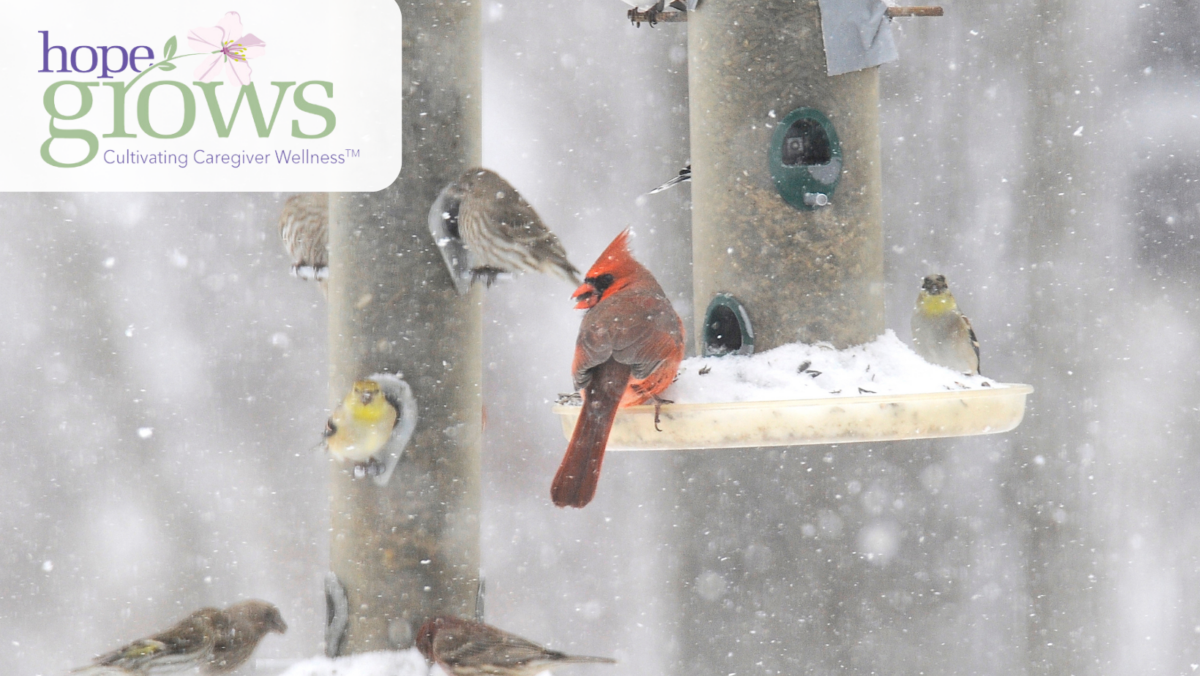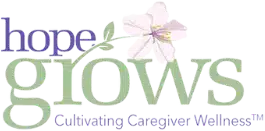Held in the In-Between: Life, Death, and the Spring Equinox
In early spring, each sunbreak graces our shoulders like an unexpected gift—a warm hug from Mother Nature, thawing our wintered hearts. The first warmth of spring is startling, isn’t it? It’s surprising to feel sun-kissed when we’ve grown accustomed to being chilled.
The Spring equinox teeters between almost and not yet. It is the beginning of spring, but the evidence of season’s change can be elusive. Over the last 30 years, the daily temperature in the Pittsburgh area during the month of March averaged 40 degrees – not a temperature that evokes springtime feelings for me. The equinox is positioned directly between the icy cold of winter and the thawing warmth of spring. This seems right to me. Real life exists and grows in the tension of “and.”
Recently, as I watched my little Hunt Terrier, Basil, doze in a warm sunspot, I was reminded of another moment when the sun’s warmth took me by surprise. It was my mom’s birthday, 5 years ago. I was visiting her grave nearly six years after my season of caregiving for her had transitioned to the grief of losing her. I brought some trash bags to protect the blankets I would sit on from the wet ground so I could sit and stay a while, even in the rain. As soon as I laid them out and sat down to arrange her birthday flowers, the solid gray sky broke directly above her headstone and warm sun lingered on my back for a minute or two. Pure gift. I remain convinced that it was my mom somehow greeting me there, hugging me hello.
That day in the cemetery was neither cold nor warm, dark nor light, happy or sad. Everything coexisted. This is part of the Equinox—a day when light and darkness are perfectly balanced, offering us a glimpse of both/and in place of either/or.
The sprawling clouds moved quickly that day in the cemetery; their formations and layers made a kaleidoscope of the sky. The thin places between them stretched into wide expanses of blue.
I wished a thin place would open where I could meet with my mom in the light of day…
In that space, sitting beside the headstone that bears her name, I felt closer to her, though her essence does not reside there. I think when I am there, I am more astutely aware of the part of her that lives in me. The life she lived is part of me, as is the death she died. Her life is interlaced with mine in inextricable ways, and maybe I simply feel that more tangibly there. It’s a liminal space, and the between-seasons day made it feel even more so.
The birds sang and flitted about without ceasing, and I recall thinking: This holding space for the dead is so full of life. The branches on hundreds of trees were waking to spring’s rousing. Blossoms popped out of winter-soaked soil. Lush blades of green pushed through the brown ground. Soil is alive, you know, teeming with organisms. It’s like the skin of the earth, in a constant process of regeneration. Life and death happen beneath the ground we walk on, in a cyclical process, in every moment. So much life springs from death…
I am deeply grateful that new life grows as a byproduct of death. The grief I felt that day in the cemetery, that I still feel when the missing hits me afresh, is evidence of great love. And where there is love, there can always be new life and beauty and wonder. That is the mystery of Love–it is regenerative even in the places that seem exempt from the promise of new life…
The sunbreak in the cemetery didn’t last long. The sky was quickly hidden again behind a wall of gray. A storm was moving in quickly… yet almost imperceptibly. The sky changed in mere minutes.
Grief moves like the shifting sky—arriving and receding without warning.
But so does a sunbreak…
So does love. It can cause new life to spring up in a moment and forever change the landscape of a soul.
A mix of sun and clouds, showers and hail, light and dark, calm and chaos. Yeah. That day felt a little like me. And a little like my mom. It felt real.
Winter can lull us into a muted reality. As we huddle and hide indoors to escape the colder, darker days, we can become accustomed to living our lives in a state of perpetual winter. Cold, lonely, protected, insulated… Our pace of life allows most of us to get away with it, too. We play nice and live hidden amid community. Because it is terribly vulnerable to bloom. It’s so much easier to flash-freeze our feelings and store them away, far from the surface. So much easier to hold our souls as prisoners in a forced hibernation, rarely letting them up for air.
But the equinox arrives with an invitation to move toward the light, to venture out beyond ourselves, so we might embrace all that coexists within and around us.
Here at Hope Grows, we are immersed in the constant cycle of growth, death, and regeneration in our gardens. We bear witness to the quiet wisdom of the seasons—how they teach us to embrace both the light and the dark, the fullness and the loss. The equinox stands in perfect balance, reminding us that transition is a natural and necessary part of life.
As we step into spring, may we allow ourselves to stand in that in-between space, honoring both grief and growth, sorrow and renewal. May we welcome the light as we remember the lessons we’ve learned in the dark, knowing that both have their place in the story of our lives. And as the days stretch longer, may we, too, stretch toward the warmth, allowing love and gratitude to take root and bloom in and around us.
May hope grow wildly in your hearts this spring.
Written by Laura Gamble
Clinical Administrative Coordinator







